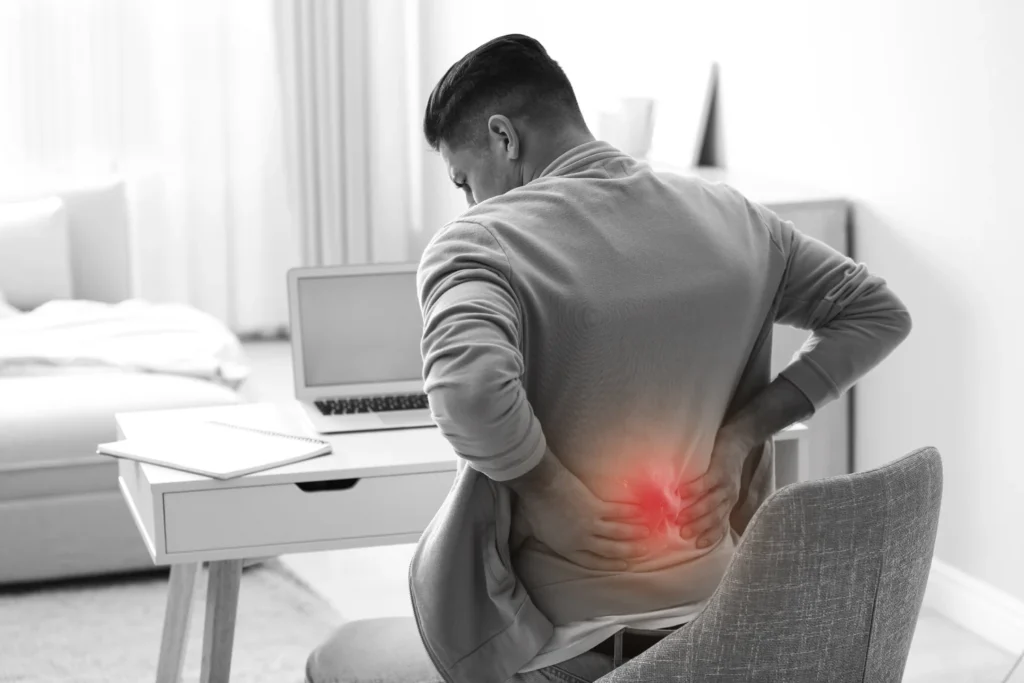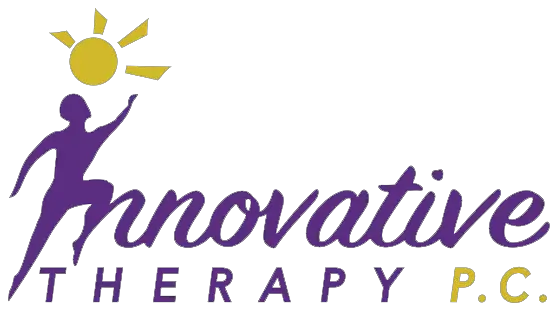Living with chronic pain can be incredibly frustrating. Whether it’s from an injury, arthritis, or another condition, many people rely on pain medication to manage their discomfort. However, pain medications often only provide temporary relief, and over time, they may come with unwanted side effects or even dependency issues.
Luckily, there are effective alternatives to pain medication that can help manage pain more sustainably. Methods like physical therapy, acupuncture, and interventional pain management techniques target the root cause of pain, offering long-term solutions without the risks associated with medication.
If you’re looking for a better way to manage your pain and regain control of your life, keep reading. In this article, we’ll explore why pain medication isn’t always the best option and introduce you to some alternative treatments that can help you feel better and live fully again.
Why Pain Medication Isn’t Always Effective

Pain medication, such as opioids, nonsteroidal anti-inflammatory drugs (NSAIDs), and acetaminophen, is often the go-to solution for managing pain. While these medications provide immediate relief, they don’t always address the underlying cause of pain and come with limitations that can make them less effective in the long run.
Temporary Relief vs. Long-Term Solutions
Pain medications work by masking the pain, temporarily numbing the affected area or altering pain signals to the brain. This can bring immediate relief, but once the medication wears off, the pain often returns. Unlike treatments that address the root cause of pain, medications fail to offer long-term solutions, leaving individuals trapped in a cycle of pain management.
Side Effects and Dependency
Another downside of pain medication is its potential to cause side effects. Opioid medications, in particular, can cause drowsiness, nausea, constipation, and dizziness. More serious long-term effects include organ damage, immune system suppression, and addiction. This can make relying on pain medication dangerous over time, especially when the pain persists.
The Side Effects of Long-Term Pain Medication Use
While pain medications can offer short-term relief, they can come with significant risks if used for an extended period. These risks vary depending on the type of medication but can have a lasting impact on both physical and mental health.
Addiction and Dependency Issues
Opioid pain medications, such as morphine, oxycodone, and hydrocodone, are highly addictive. While they effectively manage pain, overuse can lead to tolerance, meaning the body requires higher doses for the same effect. This can quickly develop into dependency and addiction, leading to a dangerous cycle of increasing use and potential overdose.
Tolerance and Diminished Effectiveness
With long-term use, the body becomes tolerant to pain medications, meaning that individuals need higher doses to experience the same level of pain relief. This not only increases the risk of addiction but also makes the medication less effective over time, leaving patients frustrated and in search of stronger options.
Physical Side Effects
Aside from addiction, chronic use of pain medication can lead to various physical side effects. For instance, NSAIDs can cause gastrointestinal issues, such as ulcers or bleeding, while long-term opioid use can suppress the immune system, making individuals more vulnerable to infections. Additionally, pain medications can harm organs such as the liver, kidneys, and heart when taken in excess.
Mental and Emotional Impact
Chronic pain medications can also have a detrimental effect on mental health. The sedation caused by opioids can impair cognitive function, leading to memory issues and difficulty concentrating. Long-term use of these medications can also contribute to depression, anxiety, and mood swings.
Alternative Pain Relief Methods

While pain medication has its place in managing pain, it’s clear that it isn’t always the best long-term solution. Thankfully, several non-medication-based approaches can help manage chronic pain more sustainably. These alternative treatments can be effective in addressing the root cause of pain, offering long-lasting relief without the risks associated with medication.
Physical Therapy for Chronic Pain Relief
Physical therapy is one of the most effective ways to manage chronic pain without medication. It involves a variety of techniques aimed at improving mobility, strength, and flexibility, which can reduce pain and prevent future injuries. Physical therapists often use a combination of exercises, stretches, and manual techniques to treat pain in areas such as the back, neck, and joints.
- How Physical Therapy Helps:
- Improves mobility by strengthening muscles and joints
- Reduces inflammation and pain through targeted exercises
- Prevents future pain flare-ups by teaching patients how to move correctly
Types of Physical Therapy for Pain Relief:
- Manual Therapy: Involves hands-on techniques to manipulate the body’s muscles and joints.
- Stretching and Strengthening Exercises: Helps improve flexibility and build muscle strength, reducing strain on painful areas.
- Heat and Cold Therapy: Helps reduce inflammation and promote healing by using hot or cold compresses.
Also Read: Back Pain Treatments in Dallas – Effective Solutions for Relief
Acupuncture for Pain Management
Acupuncture, an ancient Chinese therapy, involves inserting thin needles into specific points of the body to stimulate energy flow and relieve pain. This technique has gained popularity as a natural pain relief option for conditions such as migraines, back pain, arthritis, and more.
- How Acupuncture Works: Acupuncture helps release endorphins, the body’s natural painkillers, which can provide lasting relief from chronic pain. By stimulating certain points on the body, acupuncture can also improve blood flow and reduce inflammation in targeted areas.
Conditions Treated with Acupuncture:
- Chronic Back Pain: Helps relax muscles and reduce inflammation.
- Migraines and Tension Headaches: Reduces frequency and severity of headaches.
- Arthritis: Relieves joint pain and inflammation, particularly in the knees and hips.
Nerve Blocks and Interventional Pain Management
Interventional pain management techniques, such as nerve blocks, are another effective alternative to pain medication. These treatments involve injecting local anesthetics or steroids into specific nerves or areas of the body to block pain signals. Nerve blocks can provide long-lasting relief for conditions like sciatica, joint pain, and nerve-related pain.
| Treatment Method | Description | Conditions Treated |
|---|---|---|
| Epidural Steroid Injections | Steroid injections to reduce inflammation around the spinal cord. | Sciatica, Herniated Discs, Spinal Stenosis |
| Facet Joint Injections | Injection of anesthetics and steroids into the joints of the spine. | Arthritis, Degenerative Joint Disease |
| Nerve Blocks | Injection of an anesthetic to block pain signals from specific nerves. | Post-surgical pain, Nerve-related Pain |
| Spinal Cord Stimulation | A small device sends electrical impulses to block pain signals at the spinal cord. | Chronic Back Pain, Failed Back Surgery Syndrome |
When Pain Medication is Still a Viable Option
While alternative pain management methods can offer long-term relief, there are still certain situations where pain medication may be necessary. Understanding when medication is appropriate can help strike a balance between short-term relief and long-term solutions.
Short-Term Relief for Severe Pain
In cases of severe pain, such as post-surgery or injury-related pain, medication may be necessary to manage pain in the short term. This provides immediate relief, allowing patients to focus on healing without the added stress of pain.
Acute Pain Management
Pain medication is also appropriate for acute pain, such as that caused by an injury or inflammation. Acute pain is often temporary, and medications can provide quick relief, making it easier for individuals to recover.
Combining Medication with Other Treatments
In some cases, medication can be used in conjunction with other pain management methods. For example, individuals may use medication for short-term pain relief while undergoing physical therapy or acupuncture to address the root cause of pain.
Conclusion
While pain medication can be effective in providing temporary relief, it is not always the best long-term solution. Chronic pain sufferers can benefit from exploring alternative treatments such as physical therapy, acupuncture, and interventional pain management, which target the root cause of pain and offer lasting relief without the risks associated with medication.
If you’re ready to take control of your pain and improve your quality of life, consider exploring non-medication-based options. Consult with a healthcare professional to find the best treatment plan for your needs and start living pain-free today.
FAQ About Why Pain Medication not best option
What are the risks of long-term pain medication use?
Long-term use of pain medications, especially opioids, can lead to addiction, organ damage, and increased pain tolerance. It may also result in serious side effects such as gastrointestinal issues, mental health problems, and cognitive impairments.
How do nerve blocks help with pain relief?
Nerve blocks work by injecting anesthetics or steroids into specific nerves or areas of the body to interrupt pain signals. This can provide long-lasting relief from pain caused by conditions such as sciatica, arthritis, and post-surgical pain.
Is acupuncture effective for chronic pain management?
Yes, acupuncture has been shown to be effective for managing various types of chronic pain, including back pain, arthritis, and migraines. It works by stimulating the body’s natural pain-relief mechanisms, such as endorphin release.
Can interventional pain management be combined with physical therapy?
Yes, interventional pain management can be combined with physical therapy for optimal results. While pain management techniques provide relief, physical therapy can strengthen muscles, improve flexibility, and prevent future pain.
When should I consult a doctor for pain management alternatives?
If you’re relying heavily on pain medication or experiencing chronic pain that doesn’t improve with standard treatments, it’s time to consult a healthcare professional. A pain management specialist can help assess your condition and recommend non-medication-based treatment options.
Take Control of Your Pain with Innovative Therapy P.C. in Dallas, TX
Are you ready to find a better solution for managing your pain? At Innovative Therapy P.C. in Dallas, TX, we specialize in pain management alternatives that go beyond medication. Our expert team is here to help you explore effective treatments like physical therapy, acupuncture, and interventional pain management, all tailored to provide lasting relief.
Don’t let pain control your life any longer—schedule a consultation with Innovative Therapy P.C. today and discover how we can help you live pain-free, without relying on medication. Reach out now and take the first step towards a pain-free future!





